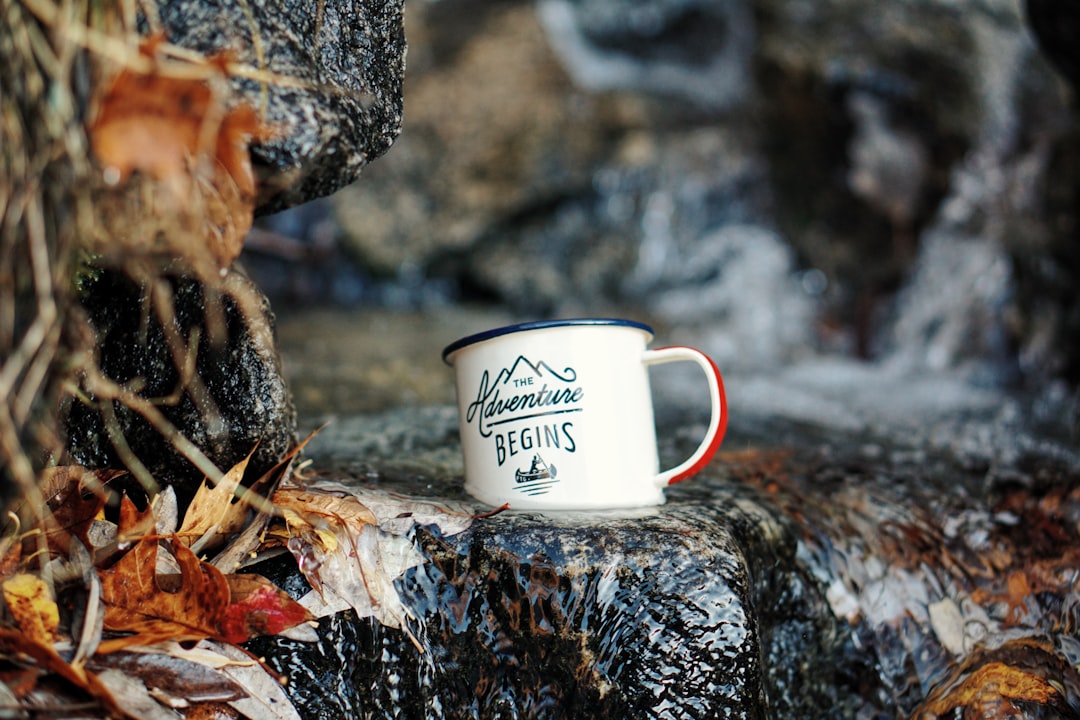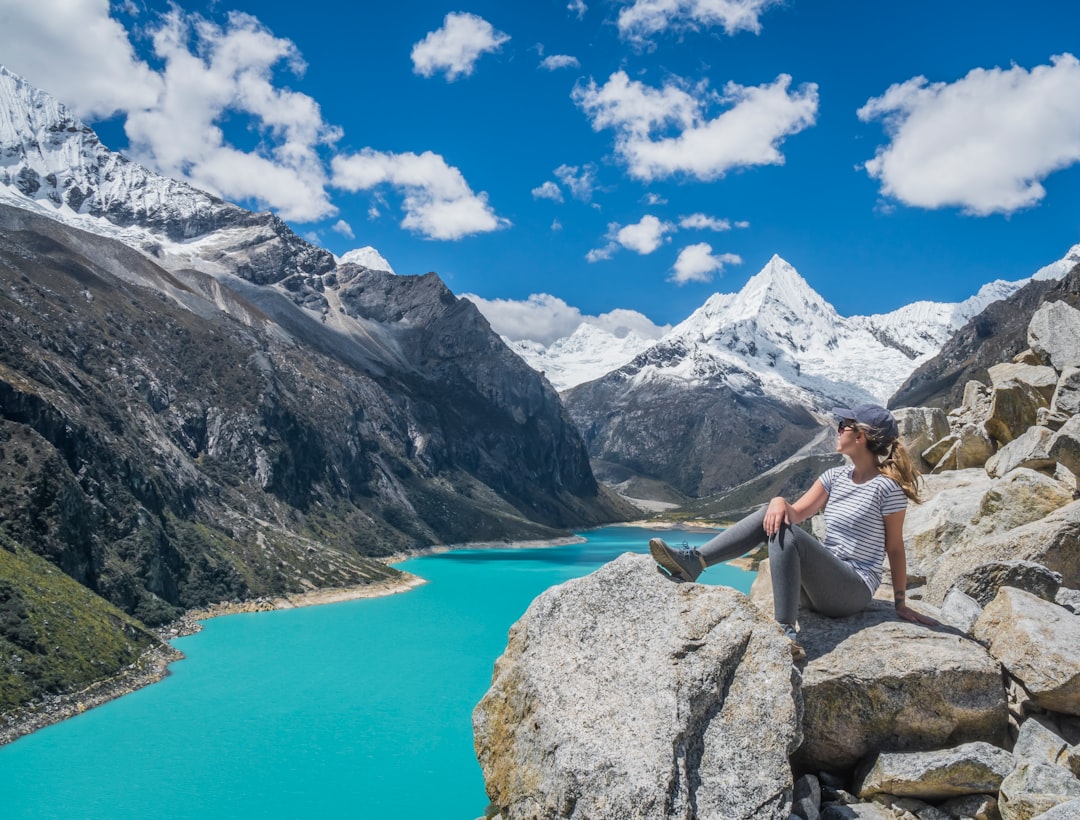Luxury Meets Eco-Friendly: Sustainable Travel Without Compromise
SHOP NOW CHECK OUT In the ever-evolving world of travel, a new trend is taking center stage—sustainable luxury. As travelers become more conscious of their environmental impact, the demand for eco-friendly travel experiences is growing. Yet, this doesn’t mean sacrificing comfort or indulgence. Let’s delve into how luxury travel is embracing sustainability, allowing you to enjoy opulence while treading lightly on the planet. Luxury and sustainability might seem like strange bedfellows, but they share a common goal—creating unforgettable experiences. Many high-end hotels and resorts are now focusing on reducing their ecological footprint. This shift is not only driven by environmental concerns but also by the growing number of travelers who value sustainability as much as luxury. Consider accommodations that incorporate eco-friendly practices without skimping on the luxury experience. These might include using locally sourced materials in construction, implementing water conservation programs, and employing renewable energy sources. Take, for example, the rise of eco-lodges nestled in pristine environments. These establishments offer an immersive experience in nature while maintaining a commitment to sustainable practices. You can enjoy the serenity of a rainforest or the tranquility of a desert, knowing that your stay supports conservation efforts. Transportation is another area where luxury and sustainability intersect. More luxury travel companies are offering carbon-offset programs and utilizing greener technologies. Electric and hybrid vehicles are becoming increasingly common in the fleets of high-end car rental services. Additionally, luxury train travel is experiencing a renaissance, providing a sustainable alternative to flying while offering unparalleled comfort and scenic views. Dining is an essential component of any luxury travel experience, and sustainable practices are making their way to the table. Farm-to-table dining, where ingredients are sourced locally and seasonally, is not only environmentally friendly but also elevates the culinary experience. By enjoying meals that reflect the local culture and support local producers, you contribute to a sustainable food system while indulging in exquisite cuisine. For those seeking unique and immersive experiences, luxury travel now offers eco-friendly excursions and activities. These can range from guided wildlife tours that support conservation efforts to cultural experiences that benefit local communities. Engaging with local guides who are knowledgeable about the region’s environment and traditions enriches your travel experience while fostering a connection to the places you visit. Ultimately, sustainable luxury travel is about making conscious choices that benefit both you and the planet. It involves seeking out travel experiences that prioritize the environment and local communities without compromising on comfort or quality. As you plan your next getaway, consider the impact of your choices and explore the many ways you can indulge in luxury while leaving a positive footprint. In this new era of travel, you don’t have to choose between luxury and sustainability. They can coexist beautifully, offering you a travel experience that is both indulgent and responsible. Embrace the opportunity to explore the world in a way that honors its beauty and diversity, ensuring that future generations can enjoy the same wonders you experience today. BUY NOW






